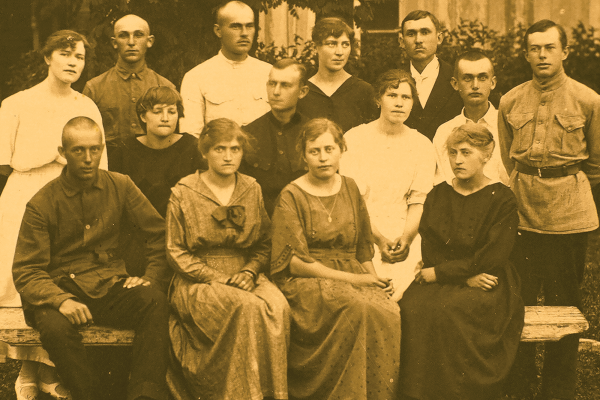A FEW YEARS AGO, Ched Myers and I discovered this graffiti in my old suburban neighborhood in Saskatoon, Saskatchewan, scrawled across a fence just a block from where I grew up:
“... as long as the sun shines,
as long as the waters flow downhill,
and as long as the grass grows green ...”
It is a venerable phrase from the Two Row Wampum of 1613, an agreement between the Five Nations of the Iroquois and representatives of the Dutch government in what is now upstate New York, which affirmed principles of Indigenous self-determination, rights, and jurisdiction. The phrase has been reiterated in most subsequent treaties between European settlers and Indigenous Peoples in Canada.
Sixty miles due north of my old neighborhood is Opwashemoe Chakatinaw (named Stoney Knoll by settlers), nestled between the North and South Saskatchewan Rivers. A spiritual center for the Young Chippewayans, it was part of Reserve 107, assigned to this Cree tribe in 1876 under Treaty 6.
Read the Full Article

